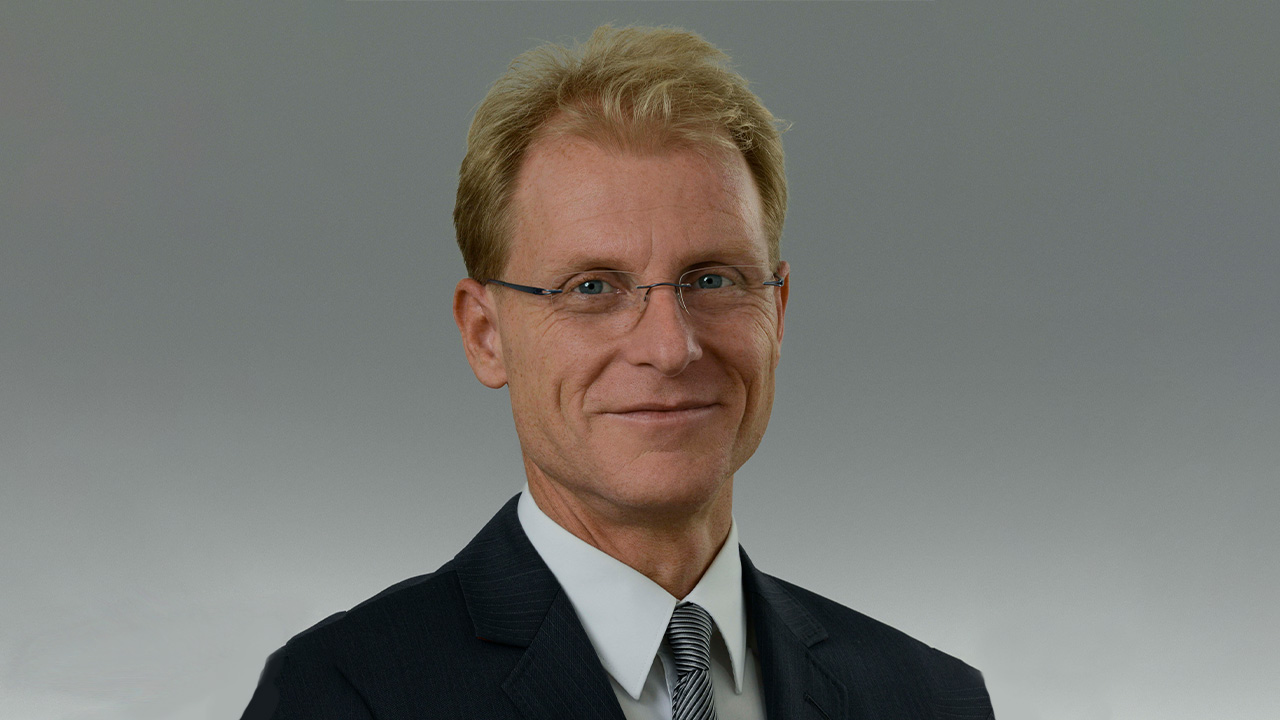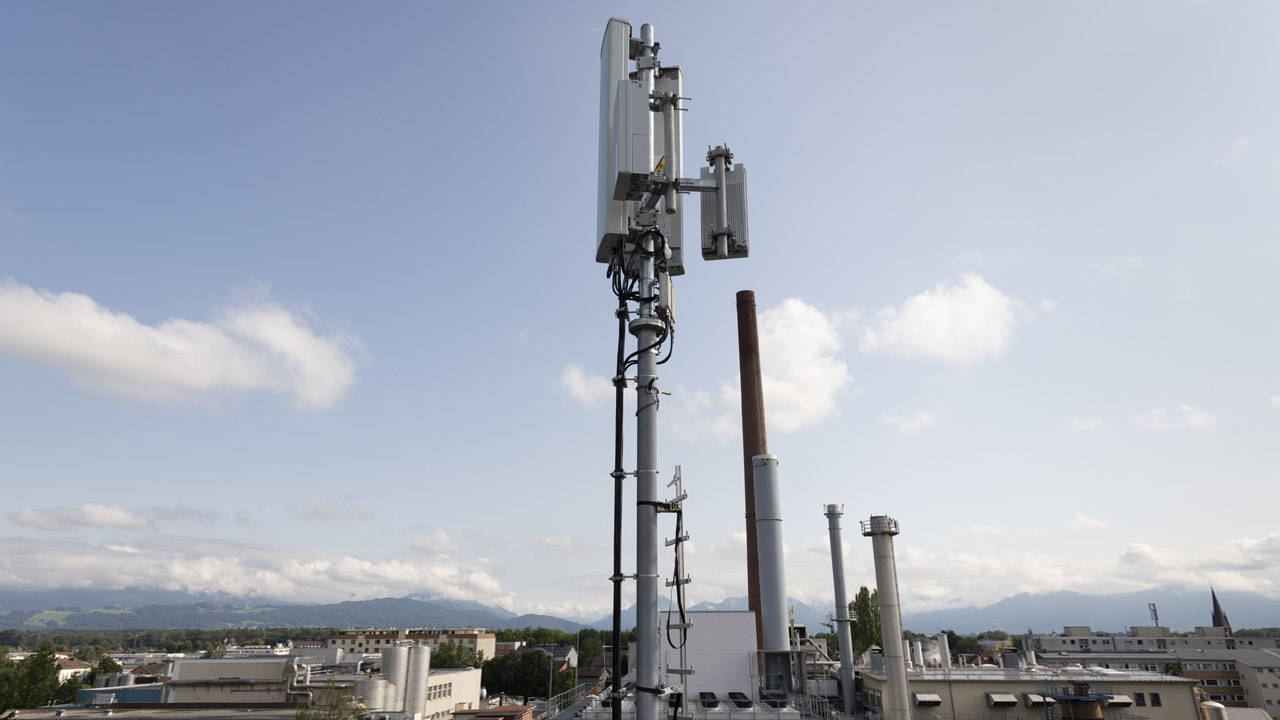09.06.2022
Leveraging fiber rollout for improved 5G network:O2 Telefónica and BUGLAS agree on framework agreement for fast fiber-optic connections
O2 Telefónica uses fiber optics to connect its own mobile sites
The German Federal Association for Fiber Optic Connections (BUGLAS) and telecommunications provider O2 Telefónica have agreed on a framework contract for the accelerated expansion of the 5G infrastructure in Germany. The agreement provides an optimal basis for O2 Telefónica and the BUGLAS network operators to cooperate with each other even more quickly and easily. It regulates the framework conditions for all BUGLAS member companies to connect the 5G mobile sites in the O2 network with fast fiber optic lines.

CTIO Mallik Rao
Mallik Rao, Chief Technology & Information Officer, O2 Telefónica: "We are increasingly connecting our approximately 28,000 mobile sites with fast fiber optic lines to offer our O2 customers an even better network experience in the 5G era. To this end, we have been relying on successful strategic partnerships for years. With the new BUGLAS framework agreement and the resulting cooperative ventures, we are demonstrating how network expansion in Germany can be driven forward quickly, cost-efficiently, in a resource-conserving and thus in an extremely sustainable manner. The fiber-optic networks of the BUGLAS member companies open additional opportunities for us to connect our mobile sites in numerous cities where our customers use our high-performance O2 mobile network every day. Together, we are providing a massive boost to digitization."

Wolfgang Heer
BUGLAS Managing Director Wolfgang Heer: "For both 5G and FttB/H rollout, cooperations are the central, efficient and resource-saving key to the modern gigabit society. In order to bring together the multitude of local, municipal and regional network operators with national providers such as O2 Telefónica, the telecommunications market needs standardized offers and framework agreements. We are therefore very pleased to have been able to conclude a 5G framework agreement with O2 Telefónica and also invite all other national network operators to join us in discussing further framework agreements and standardization."
BUGLAS network operators with strong fiber footprint in cities
For the rollout of its nationwide 5G network, O2 Telefónica relies on fast fiber connections for its mobile sites. Especially in German cities, data usage in the O2 network is increasing rapidly, which requires the most powerful networking solutions possible. The BUGLAS network operators in over 80 cities throughout Germany offer an optimal solution for this with their tightly meshed city fiber-optic networks. The BUGLAS network operators have been setting up and/or operating real fiber-optic home connections for years and supply well over one million FttB/H customers in Germany. In order to optimize network utilization and avoid inefficient overbuild, the BUGLAS network operators are happy to open their fiber networks for connection to O2 Telefónica's 5G mobile sites.
Such cooperation requires various contractual agreements, including on technology, interconnection, maintenance and service level processes. To facilitate these negotiations, BUGLAS and O2 Telefónica have pre-negotiated a framework agreement tailored to the needs of the locally based network operators. BUGLAS member companies can now request this framework agreement from BUGLAS and thus cooperate more quickly with O2 Telefónica.
Fiber optic connections as the basis for the O2 network of the future

Fiber optics ensure fast transport between mobile network site and core network
O2 Telefónica already relies on the bundled competence of currently more than 100 strategic partners in the fiber optics sector. The framework agreement with BUGLAS now opens additional opportunities for attractive partnerships for the company. The agreement shows how the necessary fiber-optic connection can succeed as quickly as possible and in a resource-saving manner.
Fiber-optic connections are essential in the mobile communications sector for fast and reliable signal transmission between O2's mobile sites and the core network. With up to 100 Gbit/s, fiber-optic connections are significantly faster and more powerful than conventional microwave links. In view of the steadily increasing use of mobile data and future 5G applications, the maximum data rates of around 10 Gbit/s transmitted via microwave links will reach their limits in the future.
